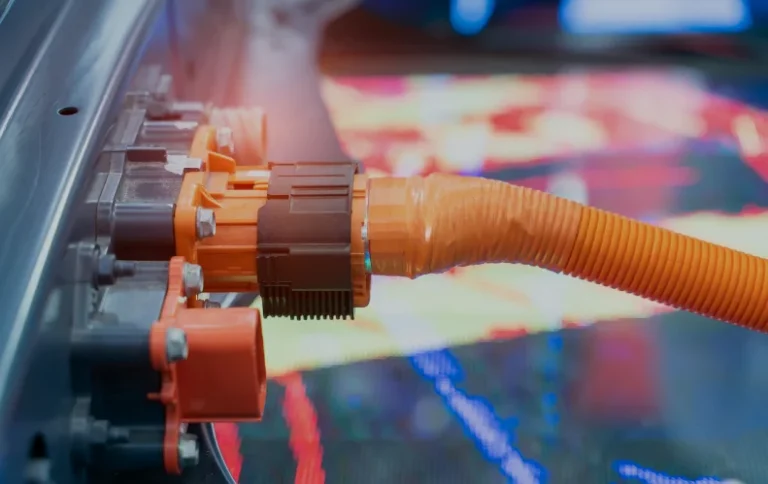Flange spreader tools are critical for safely separating pipe flanges during maintenance, repairs, or inspections in industries like oil and gas, chemical plants, and water treatment. At Petra Carbon, we design heavy-duty flange spreaders that minimize downtime, prevent damage to flange faces, and enhance worker safety. This guide explores flange spreader types, applications, and how Petra Carbon’s solutions outperform traditional methods.

What Is a Flange Spreader Tool?
A flange spreader tool is a mechanical or hydraulic device used to create controlled gaps between pipe flanges, enabling safe access for gasket replacement, bolt extraction, or internal inspections. Unlike prying methods that risk damaging flanges, spreaders apply even force to prevent distortion.
Key Features of Petra Carbon’s Flange Spreaders:
Force Capacity: 10–100 tons for flanges up to 60+ inches in diameter.
Safety: Non-sparking materials (e.g., beryllium copper) for hazardous environments.
Versatility: Compatible with ANSI, ASME, and DIN flange standards.
Explore our flange tools catalog for industry-specific solutions.
Types of Flange Spreader Tools
Mechanical Flange Spreaders
Use Case: Light-duty separation in water treatment or HVAC systems.
Features:
– Manual screw-driven operation.
– Compact design for tight spaces.
Hydraulic Flange Spreaders
Use Case: Heavy-duty separation in oil pipelines or refinery flanges.
Features:
– Powered by hydraulic pumps for 50+ tons of force.
– Adjustable arms for varying flange sizes.
Pneumatic Flange Spreaders
Use Case: Explosive atmospheres (ATEX/IECEx certified).
Pair With: Air compressors for rapid, spark-free operation.
Applications of Flange Spreader Tools
Oil & Gas Pipelines
Safely separate flanges during valve replacements or leak repairs (ASME B31.3/B31.8 compliance).
Chemical Plants
Non-sparking tools for corrosive or flammable environments.
Power Generation
Maintain steam turbine flanges in high-temperature settings.
Marine Industry
Disassemble seawater pipeline flanges on ships and offshore platforms.
How to Choose the Right Flange Spreader
| Factor | Consideration |
| Flange Size | Match spreader jaw capacity to flange diameter. |
| Force Requirements | Hydraulic models for high-pressure/seized flanges. |
| Environment | Non-sparking materials for hazardous areas. |
Pro Tip: Use flange alignment tools post-separation to realign flanges during reassembly.
Why Petra Carbon’s Flange Spreaders Excel
Durability: Hardened steel construction withstands 10,000+ cycles.
Precision: Even force distribution prevents flange face damage.
Custom Kits: Bundled with hydraulic pumps and alignment pins.
FAQs About Flange Spreader Tools
Can flange spreaders be used on corroded flanges?
Yes! Hydraulic models apply gradual force to break corrosion bonds safely.
How do I maintain a hydraulic flange spreader?
Inspect hoses for leaks and lubricate moving parts monthly.
Do you offer ATEX-certified spreaders?
Absolutely—ideal for oil refineries and chemical plants.
At PetraCarbon, we engineer flange spreader tools to deliver precision in the most demanding environments, from offshore rigs to power plants.
🔗 Contact Us for expert guidance or explore our Flange Tools Catalog.
Precision when it matters!



